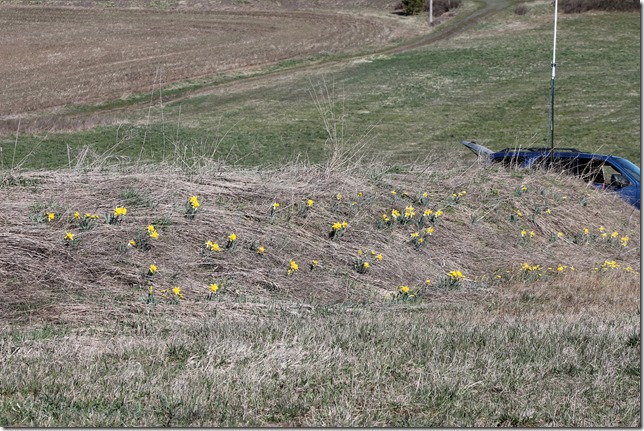Washington State just passed a law regarding suicide by gun. As I started read the first article on the topic I was highly skeptical:
My husband died by suicide. Here’s what happened during my awkward call with the NRA.
It wasn’t the hardest phone call I’ve ever made, but it was certainly awkward. I was cold-calling the National Rifle Association. Because the NRA is well-known for offering gun safety training, I wanted to know whether the organization had ideas on how to reduce the number of firearm suicides.
…
But I learned a couple of surprising things from that call and the many follow-up meetings with a local NRA lobbyist and the executive director of the Second Amendment Foundation.
First, they were not just willing to talk but also willing to listen.
The details of the law are here. The voting is telling:
Passed by the House March 8, 2016 Yeas 94 Nays 2
Passed by the Senate March 1, 2016 Yeas 47 Nays 0
Basically the law requires a task force, in part, to:
(a) Develop and prepare to disseminate online trainings on suicide awareness and prevention for firearms dealers and their employees and firearm range owners and their employees;
(b) In consultation with the department of fish and wildlife, review the firearm safety pamphlet produced by the department of fish and wildlife under RCW 9.41.310 and, by January 1, 2017, recommend changes to the pamphlet to incorporate information on suicide awareness and prevention;
(c) Develop suicide awareness and prevention messages for posters and brochures that are tailored to be effective for firearms owners for distribution to firearms dealers and firearm ranges;
(d) Develop suicide awareness and prevention messages for posters and brochures for distribution to pharmacies;
(e) In consultation with the department of fish and wildlife, develop strategies for creating and disseminating suicide awareness and prevention information for hunting safety classes, including messages to parents that can be shared during online registration, in either follow up electronic mail communications, or in writing, or both;
Yes. It addresses pharmacies as well as firearms owners, dealers, and ranges. It looks like it has the potential to be a good program that truly tries to address the problem of suicide in a fair handed manner and not just something to demonize gun ownership. Others think so as well:
A couple of years ago, Stuber began reaching out to firearms retailers and asking them if they worried about the possibility of selling a gun to someone who might be suicidal. Virtually every employee she spoke with, she said, answered yes. With some trepidation, Stuber called the National Rifle Association and Gottlieb’s group to enlist their help in reducing firearm suicides. To her surprise, they were willing to talk, and also listen.
“There’s real hurt,” she said. “Everybody showed up at the table willing to share their pain. This is an issue that impacts all of us.”
Forefront, the NRA and the Second Amendment Foundation met with groups including the Seattle Police Department and the Department of Fish and Wildlife over about six months to draft the language for the initiative. Rep. Tina Orwall, D-Des Moines, the bill’s main sponsor, was instrumental in getting the legislation passed, Stuber said.
About 20 other states have taken steps to bring together suicide prevention advocates and gun owners, Stuber said, but none of those efforts are as broad as the Washington bill. Gottlieb thinks the initiative could become a successful model that can be replicated in other states.
“Lots of us in the firearms rights community have been concerned that a significant percentage of suicides involve lethal force,” he said. “If there’s a way to lower those numbers, it’s in gun owners’ interest to do that. To me, this is a no-brainer, but it took someone like Jenn to put it together.”
Like this:
Like Loading...







